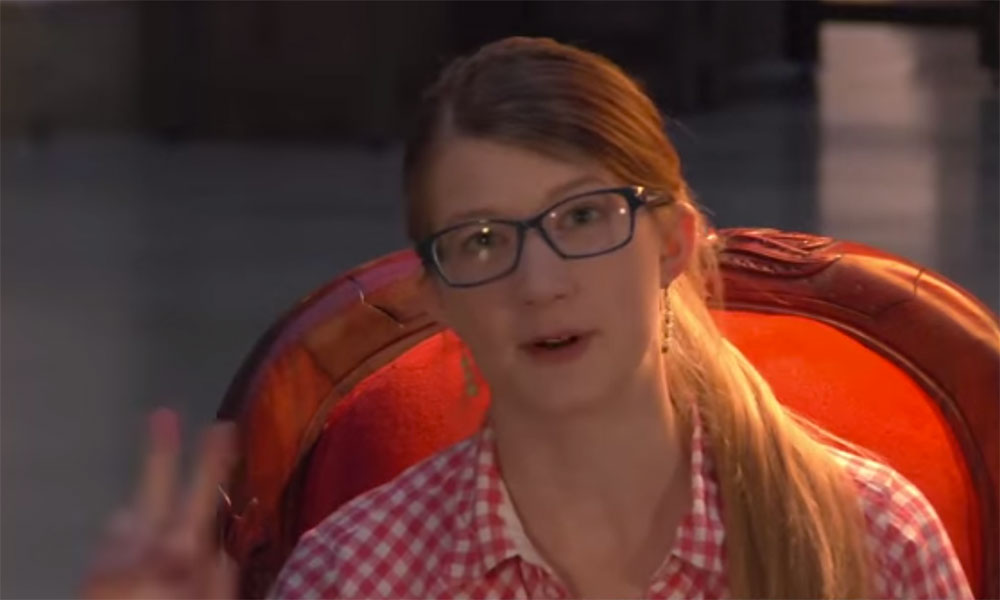
Three Tips For Producing Online Video From a Popular YouTube Host
Launching a new video? Emily Graslie, host of the online educational series The Brain Scoop, shared a few tips for producing shareable video during last week’s Online News Association Conference.
With 80 percent of companies now producing online video, and with more and more people posting their own, video is a communication platform ripe with opportunity.
Some associations are already taking advantage of video. This past spring the National Rifle Association, for example, launched an online video series, “Noir,” in an attempt to reach out to more millenials.
“Anything that involves a video strategy is really smart and strategic on behalf of an association right now,” Sarah Sladek, founder of XYZ University and author of The End of Membership As We Know It, told Associations Now. “When you think about it, generation X was raised on MTV, and now we have gen Y that’s been raised on YouTube. That move toward multimedia communication, with lots of information within a condensed period of time and really engaging formats, that’s how these younger generations prefer to learn and how they really observe their information.”
For associations interested in taking the plunge into video, take a few tips from Emily Graslie, host of the popular YouTube show The Brain Scoop.
Going behind the scenes at Chicago’s Field Museum, where it is based, the show gives viewers a peek into some of the museum’s collections and research and promotes the work of the museum’s scientists. It’s ultimately an attempt “to popularize science and science research,” said Graslie, who is also chief curiosity correspondent for the Field Museum, during a session at the Online News Association Conference last week.
And the show seems to be achieving its purpose. Launched less than two years ago and produced by a two-person crew, The Brain Scoop has more than 8.7 million video views, 243,000 subscribers, and 95 videos in its collection, which covers everything from the difference between crocodiles and alligators to how to pin an insect.
How did The Brain Scoop become so successful? Here are some of Graslie’s tips for creating entertaining, sharable videos:
Three things make a good video:
- a good host
- good editing
- good scripted writing.
On the last point, Graslie admitted she does occasionally go off script for time and spontaneity reasons. “People can tell if you’re reading from a teleprompter,” Graslie said. “So, having a mix of things that are scripted and that aren’t scripted really helps videos. We do try to keep it pretty spontaneous.”
Make the content relevant. The Brain Scoop addresses scientific topics and research that, taken at face value, can be a challenge to digest, at least for the average person. The videos incorporate props, graphics, and charts as well as comparisons to more approachable science to help explain concepts such as why dimetrodons are actually not dinosaurs, despite popular opinion otherwise.
The Brain Scoop also uses pop culture to create buzz around videos. For example, the show recently riffed off of the Discovery Channel’s popular “Shark Week” with a series of videos dubbed “Five Continuous Calendar Days Dedicated to Programming About Everyone’s Favorite Cartilaginous Fishes.”
The American Chemical Society uses similar tactics with its Reactions video series, in which the association explains the science and chemistry behind everyday items, such as Sriracha. That particular video, which currently has about 600,000 views, went viral last spring and received coverage in several national news outlets.
“The word ‘chemical’ gets quite a bad rap, but from a scientific perspective the word is very benign, and it just means essentially stuff,” Adam Dylewski, manager of ACS productions, told Associations Now. “We want to make people aware that chemistry is always around them and they’re surrounded by chemicals. We also want to get them excited about the subject.”
Take analytics with a grain of salt. If you include The Brain Scoop’s audience in the Middle East, it’s 98 percent men because most women there aren’t allowed to have their own computer, Graslie said. You can’t judge viewership based off that statistic. Similarly, Graslie believes a lot of kids are watching the videos with their parents or while logged into their parents’ computers, which explains why the analytics show that The Brain Scoop’s primary demographic is adults 35-to-45 years old.
Even measuring clicks on YouTube can paint a somewhat inaccurate picture of engagement because a click doesn’t account for how long someone watched a video, and that may be only a few seconds.
Rather than measuring engagement by things like age, gender, and clicks, Graslie said she judges the channel’s success by things like the number of people who show up to live events that she does and comparing it to the educational channels of similar museums and institutions.
Does your association produce online video? Let us know your tips in the comments.
(YouTube screenshot)






Comments